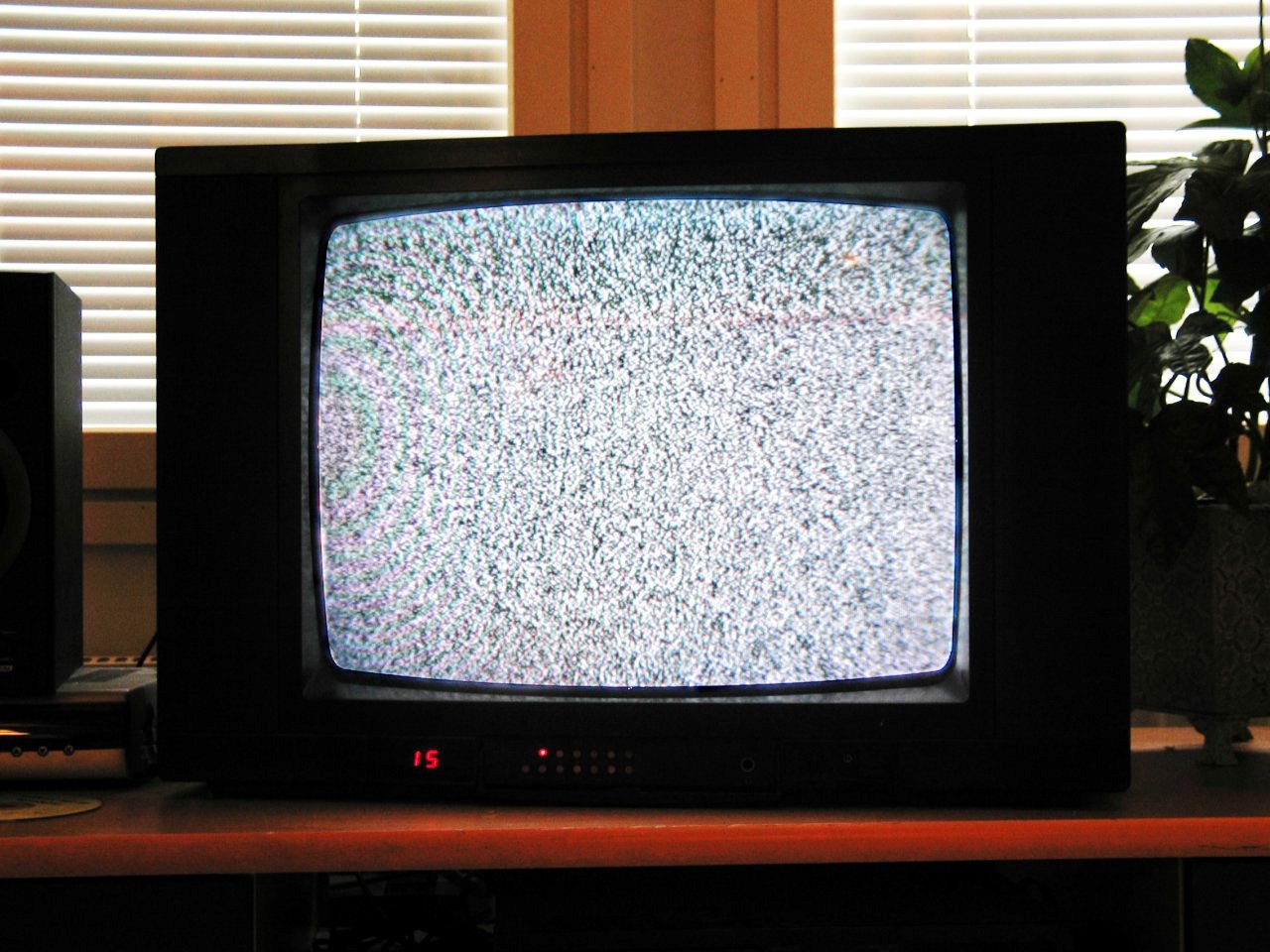
PLOTS!
I’ve written two books so far, with a third waiting to
be published. If you enjoyed ‘Thank you, Ellie,’ I hope you’ll want to see
where the story leads in ‘Thank you, Grace.’ Mentioning that is less about
plugging the follow-up and more about acknowledging my relative inexperience as
a writer. But I believe I’ve learned much in that process and understand how
better to construct a plot. Subtle clues and hints rather than a sledgehammer;
it’s preferable if it’s not just my imagination at work.
From about the age of twelve, I was drawn to the Horror
and Supernatural genre in films and books. From the early ‘Pan’ collections of
stories to ‘Hammer House of Horror.’ Then almost 50 years ago, I discovered
‘Carrie’, and from that moment, I was hooked, following Stephen King like a
stalker. He knows how to establish and develop plots and regularly does so by
imaginatively using mundane objects.
I found myself thinking about this the other day when I
settled down to watch ‘Poltergeist’ for the umpteenth time. It’s
a great film, and I’m sure Stephen Speilberg had loads of fun making
it. But in one significant way, it’s obviously dated by how it uses the Stephen
King trick of investing an everyday object with unusual power. If you’re
familiar with the plot, you’ll remember the film begins with a TV showing a
closedown film accompanied by the playing of ‘The Star Spangled Banner.’ In England
in the 70s, we did something similar when ‘God save the Queen’ was played
around 11.00pm most nights. I think a Test Card used to be displayed
afterwards, but in the Freeling household, as the American anthem ends, the
screen fills with white noise, and in due course, this becomes the conduit for
the malevolent spirits to enter the family’s home.
So, of course, today, you couldn’t really make the film
that way because it’s almost impossible to find a blank TV screen any time of
day or night. When anyone under 30 watches’ Poltergeist’, I’m sure
they’ll enjoy it, but they’ll also be a little puzzled about the
abrupt end of the evening’s programmes. In another way, haven’t mobile phones
irreversibly revolutionised how stories are constructed. Whether it’s because
of the ease with which people can contact each other, the ability to record
images and videos, or how locations and movements are tracked, it doesn’t just
add to the plot; it now totally controls it. Any contemporary story simply has
to take mobile phone technology into account. Stephen King’s ‘Cell’ was an
early example, and more recently, in ‘Mr Harrigan’s Phone’, he introduces us to
the idea of receiving text messages from a dead person!
Mind you, basing plots on real life is not a one-way
street. In a nod to the disaster movie ‘Armageddon’, we’ve recently seen NASA
successfully deflect an asteroid by crashing a rocket onto the surface. I guess
imagination is a quality shared by writers, engineers and inventors.
I’ll leave the final word to Stephen King. He knows he is very good at what he does but freely admits that nothing he can make up is as horrible as real life. Now that’s a terrifying thought!
Post Views : 213